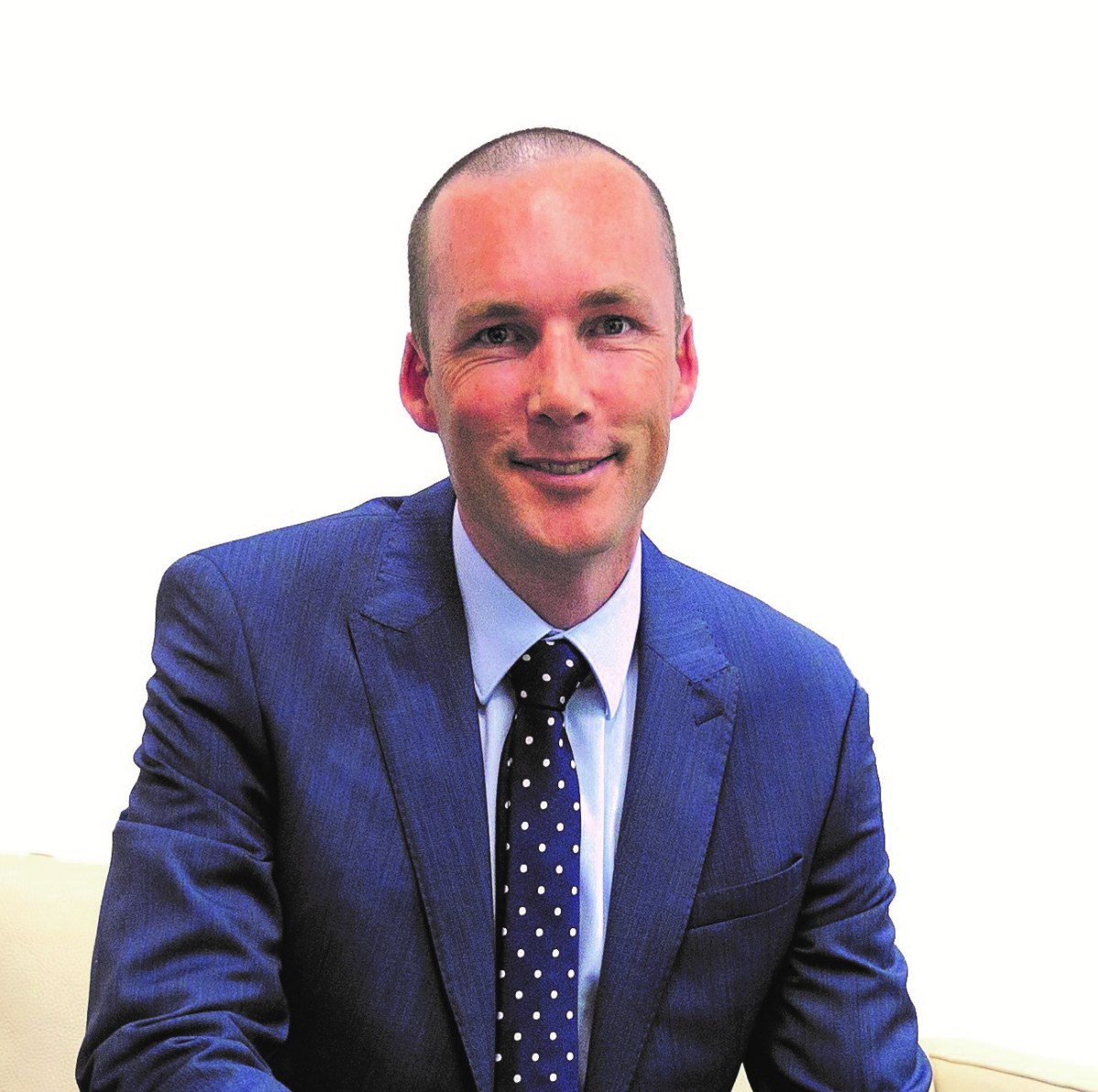What was your first job?
My very first job was delivering advertising material around the local neighbourhood. Which funnily enough I was doing again recently with a letterbox drop for a local independent candidate for the upcoming election.
The first real job was an accounting cadetship at KPMG straight out of school. I worked in audit which always frustrated me as it was looking back at what had happened, rather than what was ahead.
A large client I worked on was BBC Hardware (now Bunnings). I have not so fond memories of attending stocktakes at locations around Sydney and counting boxes of nails and individual bolts.
When did you know you wanted to work in finance/business?
Growing up I was always pretty good with numbers. In later school years I developed an interest in business and thought it would be interesting to run a business one day. But I had no idea what type. Accounting did provide a fantastic grounding in the financial side of business. After KPMG, I moved into funds management initially still in accounting but then moved into the investment team. I was in the quant team but it didn’t take long to realise staring at spreadsheets all day long wasn’t for me.
I spent a lot of time thinking about what I really wanted to do. I was looking for something that combined my interest in finance and investing but where it also felt like I was actually helping people. Financial advice seemed the perfect fit, somewhere I could really make a difference in people’s lives.
When did you first discover the concept of Impact Investing?
It was in 2015 when I read an article in the AFR on the “New Generation of Philanthropists”. It featured Berry Liberman and Danny Almagor (among others) and what they were doing at Impact Investment Group. I remember that it talked about commercial returns alongside positive social and environmental impact. It was like it was written in bold and I wanted to start learning more about it.
What really struck a chord for me about impact was well articulated by Kylie Charlton, Managing Director of Australian Impact Investments when I heard her say if you have two investments with identical potential return but one has a positive social or environmental impact as well – why wouldn’t you choose the investment with positive impact.
What’s one exciting development you and your team have in the pipeline?
For the last few years I’ve been exploring how I could move further into impact. It has felt like a long process of considering and discounting different options. I’m proud to say I recently joined the team at Ethinvest, Australia’s oldest ethical and impact investment advisory practice.
I was able to bring my existing clients with me to establish a new Canberra office. A huge drawcard for me was the chance to work closely with their subsidiary, Australian Impact Investments. They have been at the forefront of impact in Australia for a long time.
We are seeing so many new investment opportunities but the challenge is to sift through them and find the quality. We’re fortunate that in addition to an adviser team with deep experience we also use the research of Australian Impact Investments.
Two investments the team are excited about right now are:
The Brookfield Global Transition Fund which invests in the global transition to a net zero carbon economy. The fund is pursuing 3 themes: 1) Business transformation of carbon-intensive businesses to lower carbon density 2) Clean energy infrastructure 3) Sustainable solutions that drive a circular economy.
Also the Palisade Impact Fund whose investment segments are energy transition (e.g. clean energy, distributed energy and electric vehicle infrastructure), resource efficiency (e.g. waste-to-energy, hazardous waste and carbon capture) and digital inclusion (e.g. internet connectivity and smart infrastructure).
What was the most interesting impact deal (from any team across Asia/Pacific) in the past 12 months?
I think the Who Gives a Crap funding round last year was a significant moment. Who would have thought 10 years ago when they started or even 5 years ago, that traditional VC’s would be so eager to invest in a company that gives 50% of profits away. It shows that a business that has deep impact in both what it does and how it does it can be attractive to all types of investors.
Name one high impact company (globally) that investors should keep their eye on?
Last year ABC’s Foreign Correspondent featured a story on fashion waste with a focus on what happens to your clothes after you donate them to charity. What can’t be sold is exported to countries like Ghana where about 40% is rubbish that ends up in unregulated dump sites or burnt. Globally a garbage truck of textiles is landfilled or burned every second.
A company working to solve this is Evrnu. They have developed a regenerative fibre technology which enables entirely new products to be made from discarded clothing, not just once but multiple times. They are working with brands including Adidas and Levi’s to create sustainable alternatives and closed loop solutions.
What’s your vision for impact investing in 5 years time?
That most investors are directing some of their capital toward impact investments. To achieve this we need to address accessibility. Plenty of retail clients would love to be investing in the type of investments I’ve mentioned. But I haven’t seen a lot of progress in the past few years to make it happen.
In addition, if all investors were asked about their sustainability preferences ( by their superfunds, advisers, platforms), I have no doubt we’d see more money moving to sustainability and impact. I’ve seen this myself with clients in the past 7 years – they don’t know what they don’t know. But educate people, show them how they can invest to create a better future and most want to start on that journey.
Don’t miss any of the stories, subscribe to the newsletter HERE

